All about bilbergia
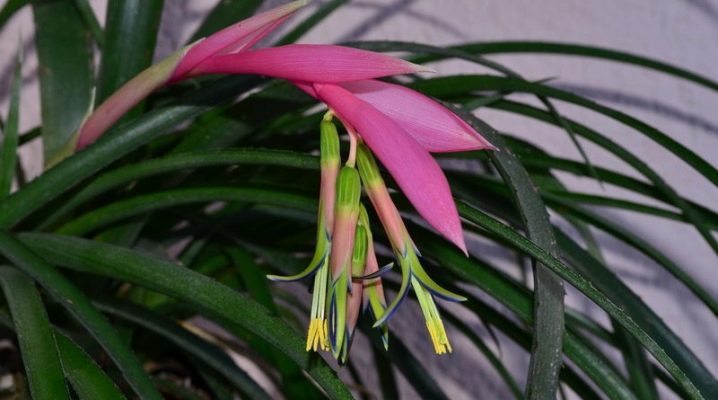
Bilbergia is an unusual plant from the Bromeliad family. It is worth considering in more detail its characteristics, varieties, breeding features and rules of care.
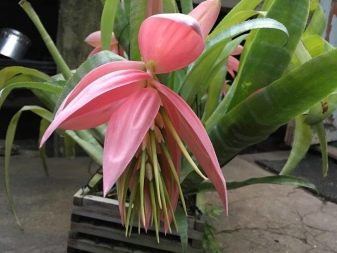
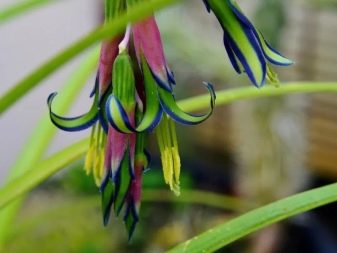
Characteristic
Bilbergia is a genus of evergreens. It is widespread precisely as a houseplant, mainly due to the fact that it has low maintenance requirements. There are no toxic substances in the composition of bilbergia, otherwise it would not have become so widespread in human homes. The height of the plant fluctuates around 70 centimeters. Flowering occurs most often from late spring to mid-summer.
The beginning of the first flowering takes place after about 3 years.
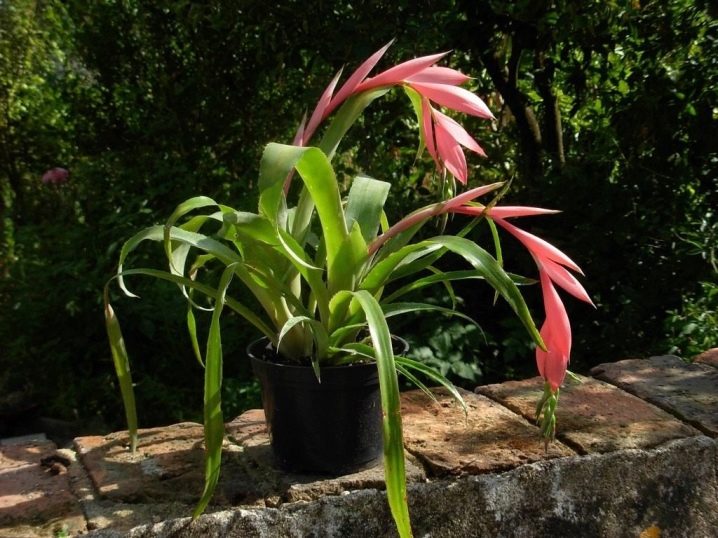
Distribution in nature
There are about 60 flower varieties, most of which are common in the following countries: Mexico, Brazil, Argentina and Bolivia. The exotic climate prepared the plant for changes in weather conditions, as a result of which it is able to withstand both short-term drought and short waterlogging.
Growing earlier in the wild, the plant has received a long flowering process.
In addition, the fertility and growth of the root area has a very high speed, therefore, the species is quite suitable for home living. Bilbergia began to actively supply to various regions not so long ago. But the popularity of this plant helped it to proliferate in many regions of Russia in the form of an indoor flower, which has a powerful purifying effect for oxygen.
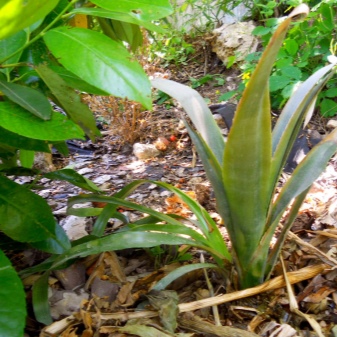
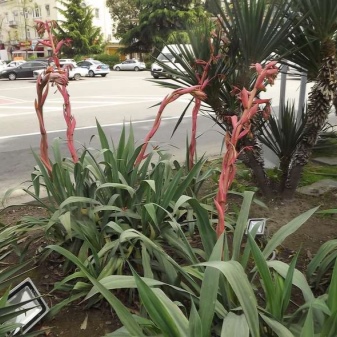
Varieties
Among the numerous varieties, one can single out popular types of flowers that take root in almost all conditions. These are plants that are different in appearance. The choice depends only on the preferences of the person who is going to breed bilbergia. There are several varieties worth paying attention to.
Bilbergia drooping
Bilbergia drooping is also called "Queen's tears". It blooms with greenish-purple flowers and reaches a height of 80 centimeters. This type of plant is most common in Russia, since transportation from another climate is most acceptable for drooping bilbergia.
The plant owes its name to its structure: inflorescences, reaching the peak of their growth, have relatively heavy ends. For this reason, they descend, as if in a bow, which in symbolism resembles crying tears. In the process of flowering, the plant bears fruits - berries.
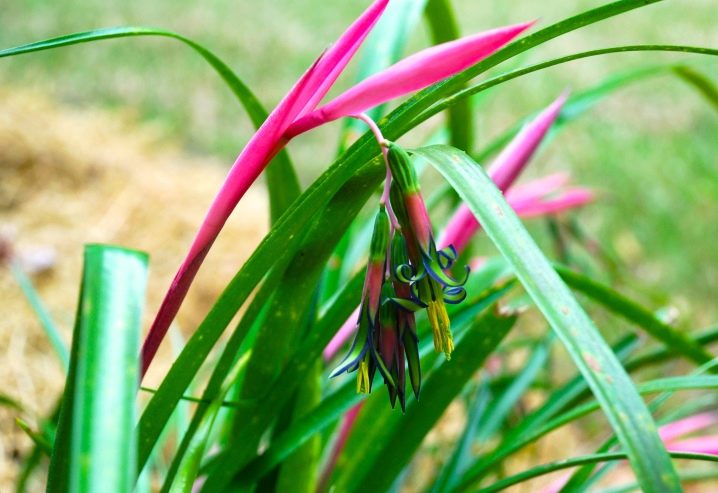
Bilbergia is magnificent
Bilbergia splendid grows mainly in Southeast Brazil. It is an elongated rosette of leaves, the color of which is highlighted in purple. Leaves are hard, prickly edges. The transverse stripes along the leaves are the hallmark of the magnificent Bilbergia. The blue leaves are twisted into a spiral that is about 6 centimeters in size. After the flowering process, berries appear.
When choosing this variety, you need to take into account the following fact: the leaves are scattered in a diameter of about 20 centimeters, which can cause inconvenience. For installation on a windowsill, it is advisable to first estimate whether there is enough space for the magnificent bilbergia.
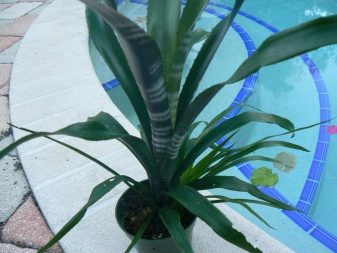
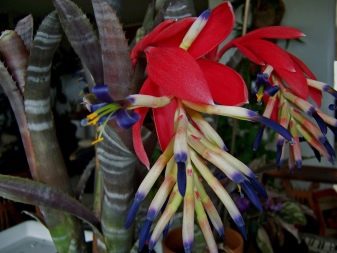
Bilbergia green-colored
This variety is the largest in comparison with others, it grows in southern Mexico. It has pointed jagged edges on the leaves.The color is dark green with grayish scales on the surface.

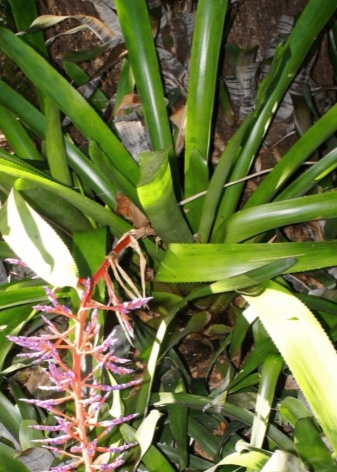
Bilbergia Sanders
Bilbergia Sanders has similarities with the Windy variety, but there are differences: from below, the leaves of the Sanders Bilbergia are red. Of the existing species, this flower has the most multicolored shade of leaves. It has numerous dots and specks of a yellow tint. And also this variety has the most dense root system.
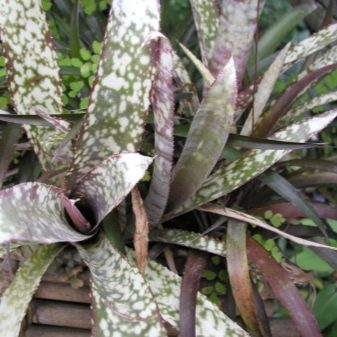
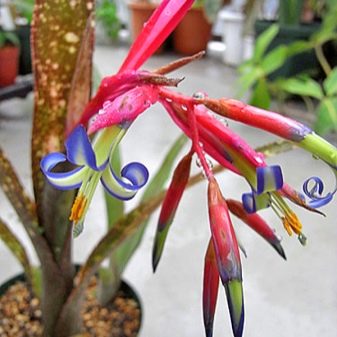
Breeding features
There are two breeding methods in total, besides growing from seeds.
- Reproduction by lateral processes occurs when a plant is transplanted. The usual separation of a part from the main Bilbergia is painless. In this case, it is best to select large shoots and hold them for about 24 hours in growth stimulants (heteroauxin is suitable).
- Propagation by leaf cuttings possible if the length of the cuttings is more than 20 centimeters. Otherwise, the chances of failure are high. The roots will appear in a month, if you adhere to the following rules:
- provide bright light, but not in direct sunlight;
- root the soil with the addition of coarse sand;
- cover the stalk with a jar, plastic bag or paper cup;
- adhere to temperature conditions of +22 degrees Celsius;
- soil moisture should always be in the middle range: do not overdry or overfill the cutting.
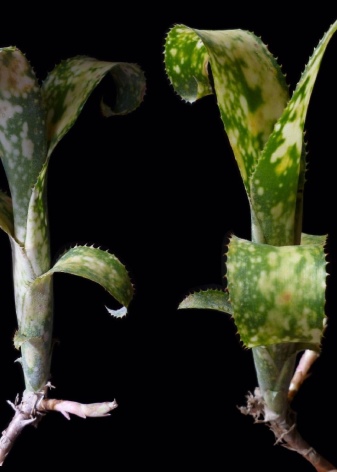
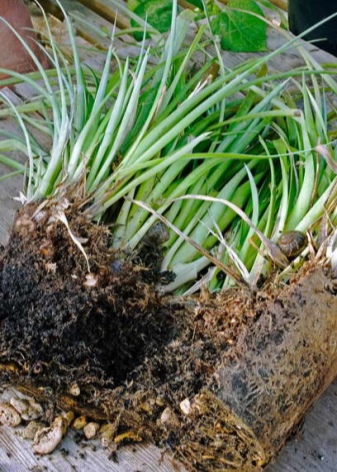
Landing rules
Responsible care is required for the plant to grow favorably. When planting a plant, you need to remember the following things:
- the plant does not need frequent transplants - it is worth transplanting bilbergia only if it becomes cramped in its pot; then you can find a large pot and carry out the transplanting process;
- the bottom of the pot must be covered with a special substrate that contains sand, humus, soil and leaves;
- the soil is well moistened and only then the plant is transplanted; it is important not to overdo it when watering the soil.
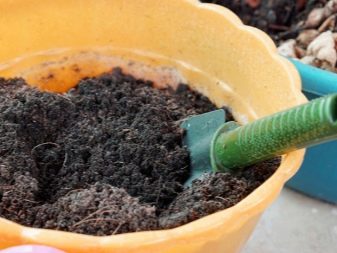
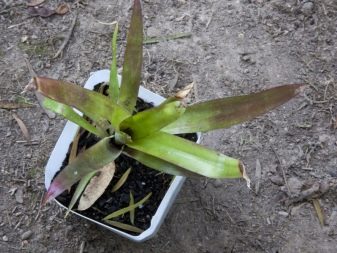
Subtleties of care
Caring for room billberg, the following recommendations must be observed:
- hard water should not be allowed; if the tips of the leaves began to cast brown light, this indicates the hardness of the water; it is necessary to purchase water with a lower hardness, although rainwater that has settled for several days is excellent;
- at home, in addition to watering, you can spray the leaves of the plant, which will have a beneficial effect on growth;
- it is necessary to provide diffused and fairly bright lighting;
- in the summer, you can comfortably place the plant outdoors, but protect it from direct sunlight and rain in advance;
- +17 degrees - the optimal temperature for stable growth and flowering of bilbergia.
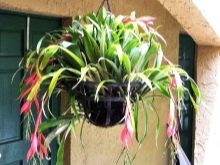
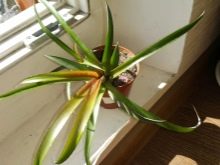

Fertilizing with mineral fertilizers is possible, but not required. When choosing fertilizers, you need to remember that the plant is several times more sensitive than any other indoor flowers because of its exoticism and origin. In addition to the indicated care methods, there are cases when flowering stops. Most often this is due to improper plant transplantation, for example, a new pot is too wide. You will have to wait until the plant grows, only then the flowering process will start.
Fertilizers are used in spring and summer. It is necessary to purchase special feeding for the Bromeliad family. And it is also allowed to use fertilizers for other indoor plants, but the dose should be halved.
You can fertilize once every 2 weeks, not more often. Experience suggests that often the owners of the plant inadvertently oversaturate the flower with minerals, because of which it suffers.


Diseases and pests
Unfriendly living organisms destroy the plant. Even in indoor living conditions, the risk of pests is high, so a daily inspection for such will not be superfluous. To avoid this, you should be aware of possible pests.
- Spider mite can be found by the thin web that envelops the plant. It is difficult to notice a tick just like that and is possible only in case of close attention.
- Mealybug - significantly slows down the development of bilbergia, settles on the leaves. It can be recognized by the light emission on their body: the cotton wool formed by their body is clearly visible to the naked eye.
- Shields - the bodies of pests are covered with a shell, they are able to devour both indoor and garden plants. They can be defined as protruding points on the leaves, which subsequently grow as the juice is consumed.
- Thrips - omnivorous insects that love to feast on houseplants. They resemble common cockroaches, but may have wings.
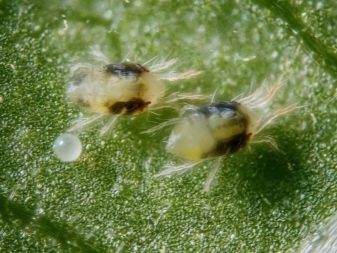

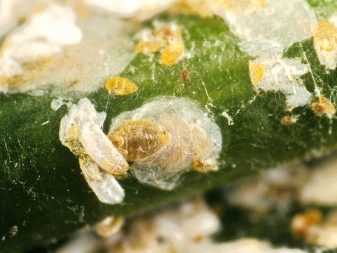
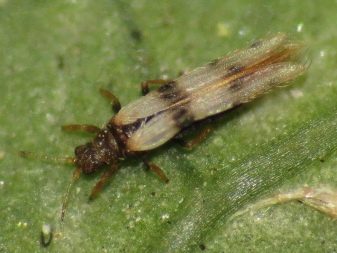
A way to prevent the death of a plant is from time to time to carefully examine the leaves and the rosette with shoots for living organisms. If you find them, you must perform the following sequence of actions:
- with a cotton swab or napkin soaked in alcohol or soapy water, remove pests with extreme caution; do not hesitate to isolate parasites, as this can entail undesirable consequences up to death;
- treat the plant with insecticidal preparations in the event that insects and scale insects turned out to be pests;
- if there are spider mites on the plant, an acaricidal solution will help to clean the infected area; this kind of caution is necessary to effectively get rid of the infection.


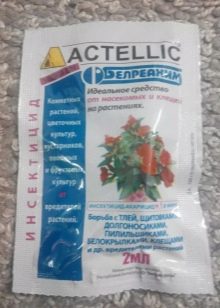
Illness most often occurs due to inadequate care. For example, the presence of rancid water in a funnel destroys the plant's organism. Always check for the presence or excess of water. You can understand that bilbergia is sick by several signs.
- Brown dots appear on the sheets, sometimes spots. This is a consequence of burns. You can fix the problem by moving the plant pot to a place more protected from the sun.
- The structure (rosette) of the leaves begins to collapse, fall apart to the sides. The reason is most often a lack of illumination. To avoid confusion, an ideal lighting strategy should be followed: avoid direct sunlight, but provide sufficient light for power.
As you can see from the description of the problems, bilbergia is an unpretentious plant. Yes, it requires attention and timely care, but the maintenance is not associated with regular difficulties.
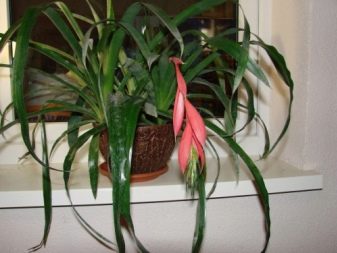
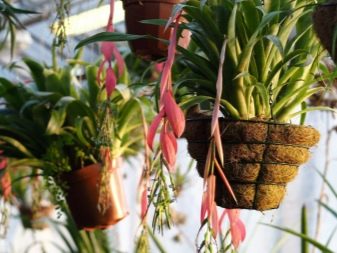
The vitality of flowers at room temperature is very high, so that cases of death of such a plant are rare. If a person likes a long flowering process, an individual color of flowers and an unusual structure of plants - any of the varieties of Bilbergia will suit him and will delight him, bringing decorative fruits in the form of berries, and will also regularly filter the air from numerous bacteria.
For the care of bilbergia, see the video below.























The comment was sent successfully.